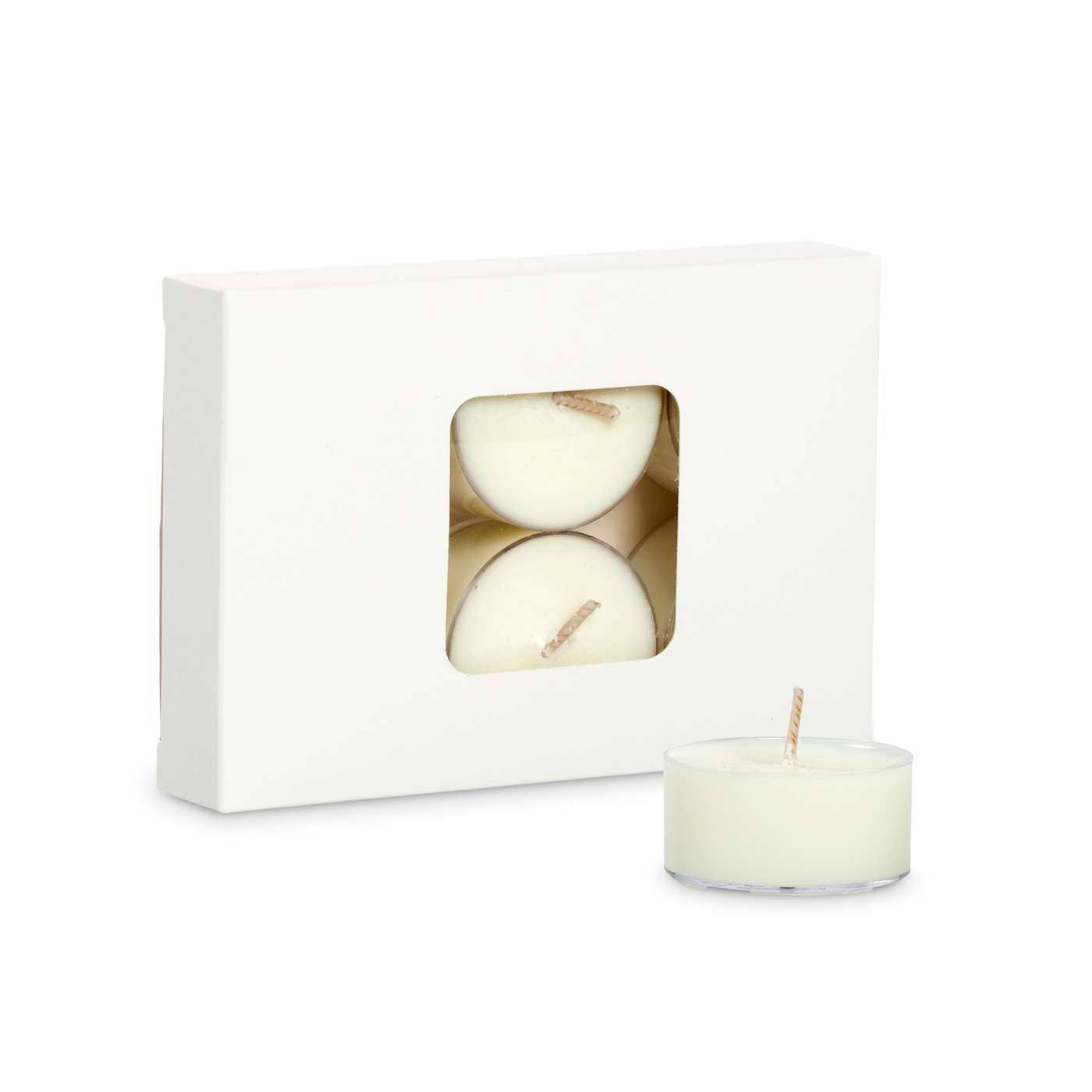Boost Your Room with Costs Soy Wax Candles and Home Fragrance
Boost Your Room with Costs Soy Wax Candles and Home Fragrance
Blog Article
From Wick to Wax: Comprehending the Chemistry Behind Soy Wax Candles and Their Ecological Effect
As we illuminate our spaces with the cozy glow of candles, there exists a realm of elaborate chemistry behind the relatively simple act of lighting a soy wax candle light. Join us as we decipher the scientific details behind soy wax candle lights and discover their implications on our atmosphere.
Soy Wax Vs. Paraffin Wax
When comparing soy wax and paraffin wax for candle light production, it is vital to understand the distinct features and benefits of each material. Soy wax is an all-natural, renewable resource obtained from soybean oil, making it environment-friendly and biodegradable - crystal soy candles. In contrast, paraffin wax is a byproduct of petroleum refining, which elevates issues about its ecological influence and sustainability
Soy wax candles melt cleaner and discharge much less soot contrasted to paraffin wax candle lights, making them a healthier option for indoor air high quality. Additionally, soy wax has a lower melting point, permitting a longer-lasting candle that distributes fragrance a lot more successfully. Paraffin wax, on the other hand, has a tendency to shed faster and less easily, possibly launching harmful chemicals right into the air.
From a sustainability point of view, soy wax is favored for its biodegradability and eco-friendly sourcing, aligning with the growing consumer preference for ecologically conscious items. While paraffin wax has been a typical choice in candle light making as a result of its price and convenience of usage, the change in the direction of eco-friendly choices like soy wax is acquiring momentum in the market.
Chemical Make-up of Soy Wax

Combustion Process in Soy Candles
The chemical composition of soy wax directly affects the burning process in soy candles, affecting variables such as melt time, fragrance launch, and ecological impact. When a soy candle light is lit, the warmth from the fire thaws the wax near the wick. This liquid wax is then created the wick as a result of capillary activity. As the liquid wax gets to the fire, it undergoes and evaporates burning. The combustion process entails the vaporized hydrocarbons in the wax reacting with oxygen airborne to produce warm, light, water vapor, and carbon dioxide.
The combustion performance of soy candle lights is influenced by the purity of the soy wax and the quality of the wick. In addition, soy wax candles have a lower ecological impact compared to paraffin candles due to their eco-friendly and naturally degradable nature.

Ecological Benefits of Soy Wax

Thought about a lasting option to traditional paraffin wax, soy wax uses significant ecological benefits that make it a popular choice among eco-conscious customers. One substantial benefit of soy wax is its sustainable sourcing. Soy wax is obtained from soybean oil, which is mainly grown in the United States. The growing of soybeans assists sustain local farmers and reduces pop over to this web-site the dependency on non-renewable fossil fuels used in paraffin wax production. Furthermore, soy wax is biodegradable, implying it breaks down normally without launching hazardous toxins right into the setting. This characteristic makes soy wax candles a much more environmentally friendly alternative contrasted to paraffin wax candles, which are made from oil, a non-renewable resource. Furthermore, soy wax burns cleaner and produces much less soot than paraffin wax, contributing to better interior air high quality and lowering the requirement for cleaning and upkeep. On the whole, the environmental advantages of soy wax straighten with the expanding need for sustainable and environmentally friendly items in the market.
Recycling and Disposal Factors To Consider
Reusing and proper disposal of soy wax candles play a crucial function in maintaining environmental sustainability and minimizing waste in families and communities. When it concerns reusing soy wax candle lights, the primary step is to make sure that the candle has actually burned completely. This can be achieved by permitting the candle to melt up until the wick is no longer usable, and after that letting the staying wax cool and strengthen. When the wax has strengthened, it can be very carefully gotten rid of from the container.

In terms of disposal, if recycling is not an alternative, soy wax candle lights are eco-friendly and can be securely taken care of in the majority of house waste systems. It is constantly advised to navigate to this site examine with neighborhood reusing centers or click now waste monitoring solutions for certain guidelines on candle light disposal to make sure correct handling and ecological security.
Conclusion
In final thought, the chemistry behind soy wax candles exposes their ecological benefits over paraffin wax candles. Soy wax, obtained from soybean oil, burns cleaner and creates much less residue when compared to paraffin wax.
When comparing soy wax and paraffin wax for candle production, it is crucial to understand the unique features and advantages of each material (crystal soy candles).Soy wax candle lights burn cleaner and discharge less residue compared to paraffin wax candles, making them a healthier option for interior air quality.Taken into consideration a sustainable option to typical paraffin wax, soy wax offers significant ecological benefits that make it a popular choice among eco-conscious customers. Soy wax burns cleaner and generates less residue than paraffin wax, adding to better interior air quality and minimizing the demand for cleansing and maintenance.In final thought, the chemistry behind soy wax candle lights exposes their ecological benefits over paraffin wax candle lights
Report this page